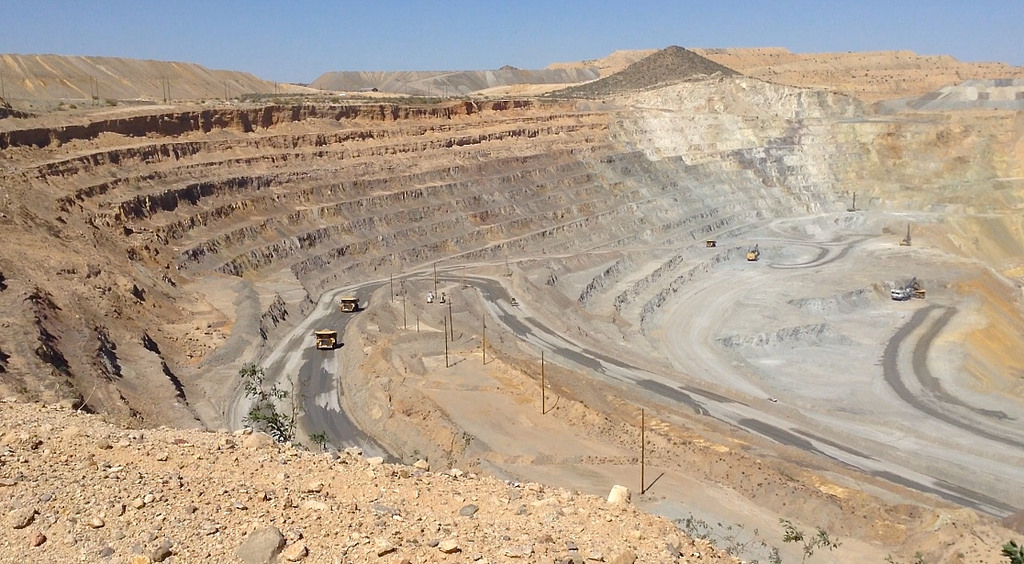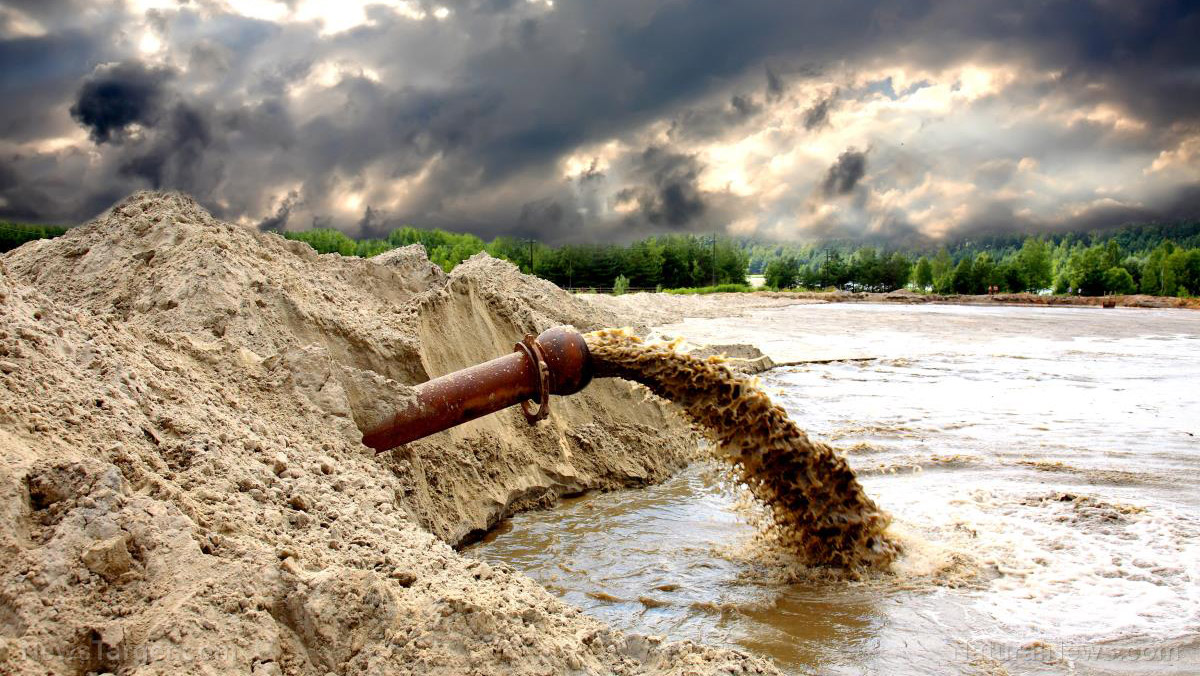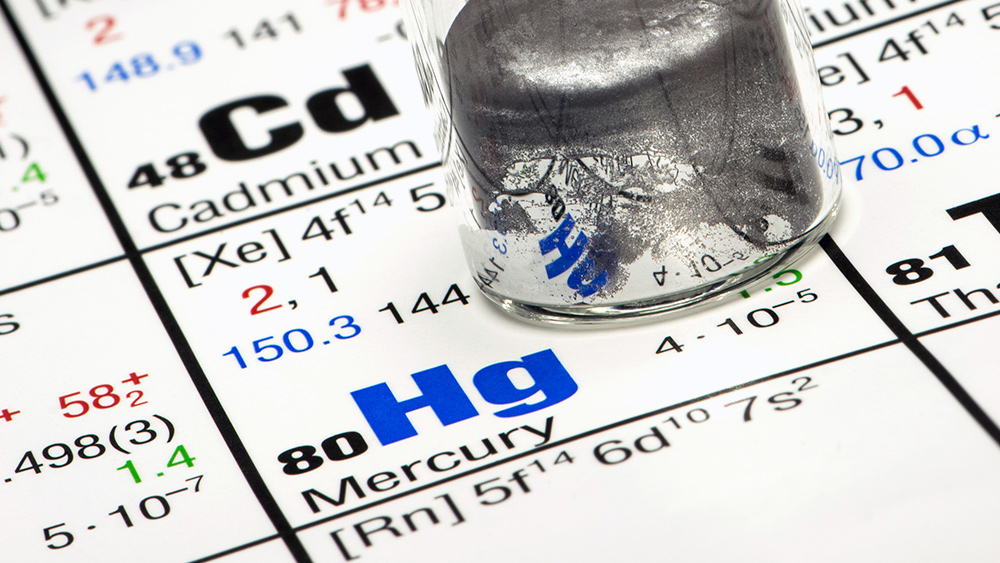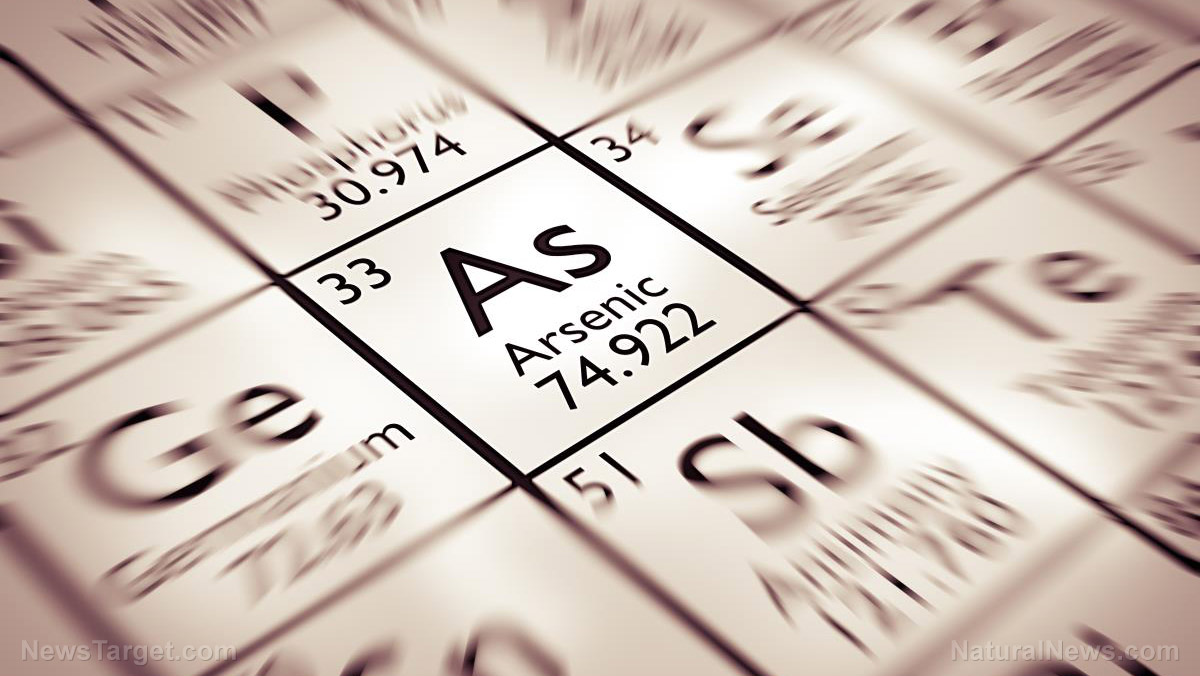Dangerous, toxic, potentially catastrophic: Tailing ponds for copper mine quietly being planned upstream from the St. Louis River, Lake Superior
08/18/2018 / By Edsel Cook

A Global Research article drew attention to the quiet plans of a foreign corporation to set up insufficiently secure toxic tailing ponds for its copper mine sited upstream of the vital St. Louis River in Minnesota.
According to the article, PolyMet Mining is planning to set up an “enormously dangerous [and] potentially catastrophic” lagoon that will store toxic tailings from its copper/nickel/sulfuric acid mine.
The article remarked on the glaring absence of any permit applications for the 250-foot tall dams required to keep “tens of millions of cubic meters” of toxic sludge from spilling out of the tailings pond and into the St. Louis River, which is still recovering from an earlier bout with severe pollution during the 1970s.
The threat is not just limited to the 192-mile long St. Louis River. The contamination could spread to Lake Superior and the other four Great Lakes.
A liquid tailings pond/lagoon is an earth-fill embankment dam designed to hold mine waste and liquids used to pump dissolved powder from the processing plant to the pond. Intended to serve as a permanent storage system for toxic mining byproducts, the tailings pond is usually made from the local earth in order to save costs. (Related: The EPA has a new tool for dealing with and preventing mining disasters: robots.)
Copper mining is not worth the cost
The Global Research article warned that practically every copper/nickel sulfide mine situated in watery environs was known to leak toxic materials despite the best of containment efforts. Groundwater, adjacent lands, and downstream environments are therefore always at risk from nearby mining operations.
The price for progress is steep. An earlier article, “Rio Tinto (the River, the Mine, and the Corporation): Still Polluting After All These Years,” discussed how Rio Tinto, the world’s oldest copper mine in Spain, rendered its namesake river into a permanent environmental disaster.
The chemically contaminated waters of the Rio Tinto (Spanish for “Tainted River”) have a pH value of two. The reddish liquid burns flesh as harshly as stomach acid.
Global Research warned that this might be the same fate suffered by the St. Louis River.
History has proven that earthen dams are vulnerable to bursting, liquefaction, and over-topping, especially when the area is as wet as northeastern Minnesota. The toxic sludge contained within those walls is a long-term threat.
The Rio Tinto mine dates back 5,000 years. It is still heavily polluted due to near-nonstop mining over the millennia.
“An eternal threat,” Global Research described PolyMet and its planned copper/sulfide tailings pond regarding the dangers posed to all life downstream of their mining operations.
PolyMet Mining is a Minnesota-based mining company that owns the NorthMet ore body. Anglo-Swiss resource corporation Glencore owns about a third of its stocks.
Neither corporation was spared by the Global Research article, which suspected them of lying to Minnesotans about the environmental devastation that their mining operations will inflict upon the state.
It also cited two Canadian “penny stock” mining companies in charge of the handling permitting process on behalf of their multinational senior mining companies to be complicit in the concealment of dangers posed by tailing ponds.
According to the article, none of those companies could afford to put up an escrow account large enough to pay for the irreparable damages to the irreplaceable environment.
Global Research called upon local media watchdogs and regulatory entities to act. Its article also urged the hundreds of millions of Downstreamers who depended on the St. Louis River and the Great Lakes to oppose the danger that threatened their primary water supply, their homes, and their lives.
To stay aware of other environmental dangers, see Environ.news.
Sources include:
Tagged Under: bodies of water, copper mining, copper sulfide tailings, corporations, environment, environmental damage, freshwater, Great Lakes, Lake Superior, mines, mining operations, Rio Tinto, rivers, St. Louis River, tailings pond, toxic chemicals, toxic elements, toxic water


















